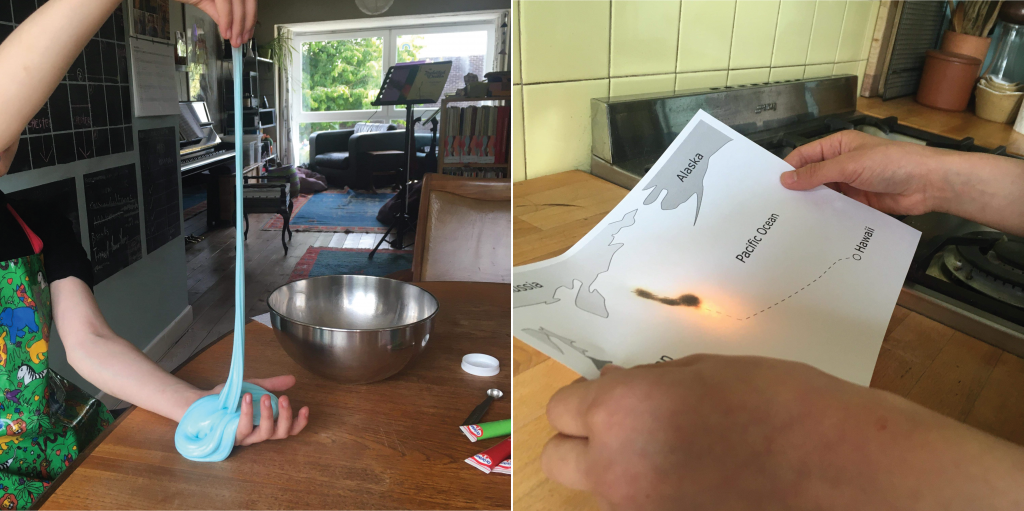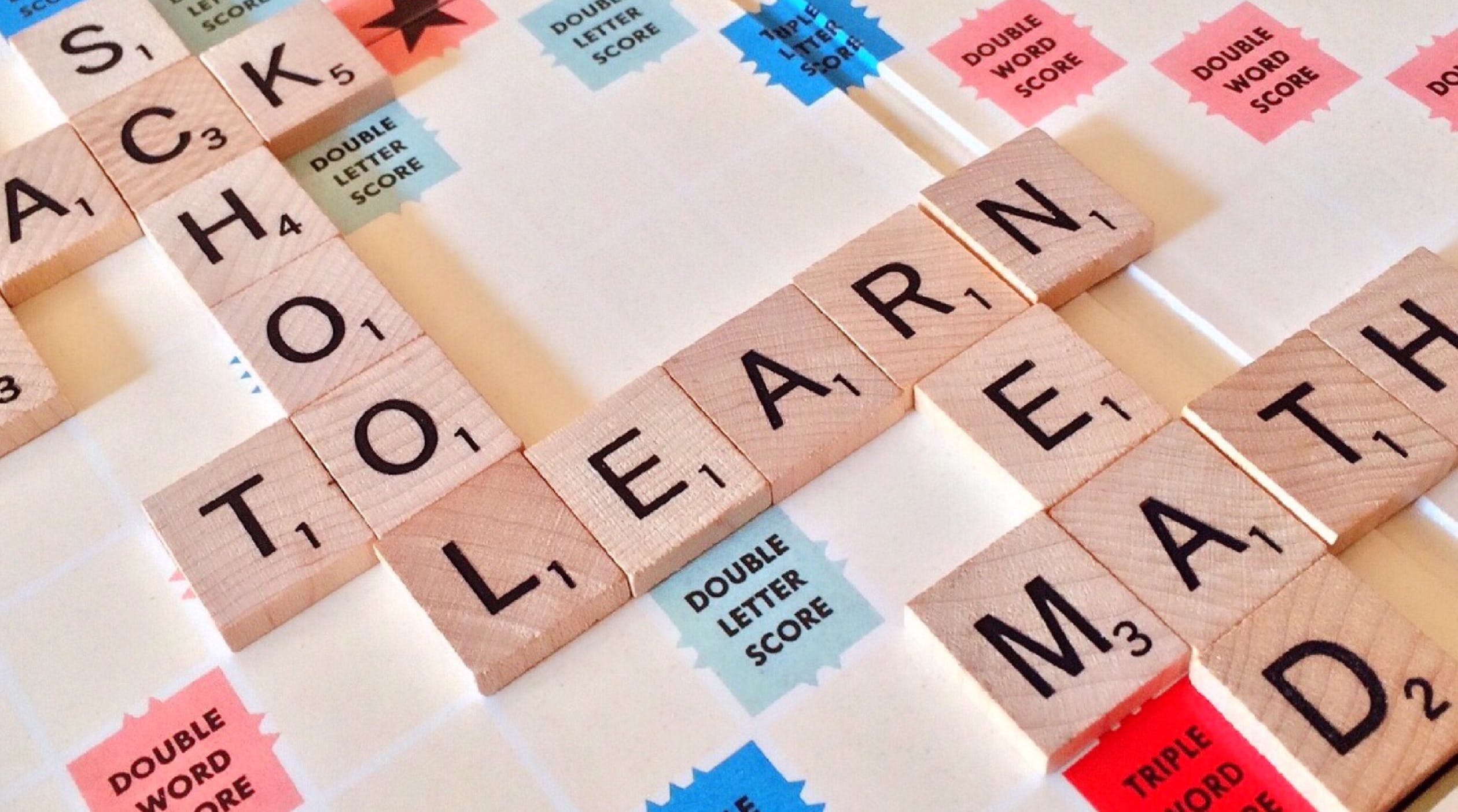Throughout July, Gemma Shaw, Hero Bain, and myself (all Earth Sciences students at varying levels) set out on an internship spearheaded by Dr Jenny Jenkins of the Deep Earth Seismology Group. Our aim was to bring the latest research from Cambridge Earth Sciences to secondary schools across the country.
Very few science or maths teachers around the country have been trained in the geosciences and our subject is often shoe-horned into other areas with little explanation. Plate tectonics is taught in geography, atmospheric science taught in chemistry, and some limited seismology features in the physics curriculum; yet there are no bridges built between these areas. This leads to rife misconceptions of what the geosciences really are, often manifesting in the common view that geologists must be outdoorsy men, sporting beards, yielding rock hammers, and coveting their endless rock collections. The lack of dedicated focus on geoscience teaching at school has resulted in a significant skills shortage of geoscientists in the UK, and, with an ongoing lack of pastoral support for future generations, this is likely to be exacerbated.
Recently, as many of you are doubtless aware, the lack of diversity in our discipline has come under the spotlight. It is an embarrassing fact that Earth sciences falls behind all other STEM subjects in this respect. A third of the US population belong to underrepresented minorities, and yet minorities make up just 13% of PhD graduates in STEM. According to this Nature study, the number of PhD students studying ocean, atmospheric and earth sciences is even less: just 6%. This fact was particularly shocking, when Hero shared it with us after her first week of investigating the myriad causes of the lack of diversity in geology.
With the aim of tackling some of these issues, our project set out to design teaching materials that identified or introduced earth science links to the syllabus. Specifically, we wanted to capture pupils’ interest in our subject and highlight the broad range of jobs, skills and people the sector requires.

In the initial stages of the project I investigated exactly how teaching and learning works in a secondary school setting; since, despite having experienced teaching at school and university, there is far more to teaching than meets the eye. My first task was to investigate a variety of pedagogical (a fabulous word, meaning: ‘the method and practice of teaching’) approaches, in order to evaluate and compare them and better understand how teaching is delivered.
Meanwhile, Gemma was looking at ‘science capital’ which is defined as ‘the sum of an individual’s exposure to and knowledge of science’. This approach is commonly used by educators, outreach professionals, and policymakers to better understand the relationship between life experience (background, social class, etc.) and scientific acumen.
The results of this initial excursion into education and society were critical in allowing us to move onto producing our resources over the next three weeks. We searched around, made a few false starts, and thought for a while about the directions we would pursue from each of our angles on the project (Gemma and myself were responsible for KS4 science and maths, respectively, and Hero produced a KS3 seismology-themed physics workshop).

Speaking for myself, I found this the most daunting aspect of the project – how can you distil a subject like seismology (founded as it is on partial differential equations, fluid mechanics, solid-state physics and the like) into mathematics for 14-16 year olds? I also had to find a way to do this without encroaching on the GCSE Science syllabus, as this was Gemma’s territory!
The end results of our work were: a workshop for 11-14 year olds, produced by Hero and featuring a range of games and mini-experiments to practically demonstrate the mechanics of deep Earth seismology; Gemma’s set of ready-to-order KS4 physics lessons, including a guide to building your own seismometer out of a cardboard box (which draws a seismogram when shaken!); and my own contribution – a Build-A-Planet project requiring students to construct models of planets and allowing them to use maths skills that could be transferred to real-world workplace or research settings.
Rosie, a science teacher, and Cait, a maths teacher, were also heavily involved in the project: perhaps the most crucial aspect of developing our lessons was road-testing a representative sample with their students. It turned out – unsurprisingly, in retrospect – we had all underestimated the time we should allocate to students to complete tasks. Rosie and Cait’s feedback and input throughout the project proved incredibly useful in designing the materials, and their involvement means the final teaching products are professionally-approved and can be deployed in real classroom settings.
This content is now all freely available on the Deep Earth Explorers website, and will be advertised across a variety of platforms. We have already had over a hundred hits and several dozen content downloads – and it only went up this week (at time of writing)! At the end of the year, we will be presenting a poster about the project (and encouraging similar projects) at an education session in the online American Geophysical Union (AGU) Fall Meeting 2020.
Our teaching materials draw together different aspects of the 11-16 syllabus for science and maths – and all of this content is relevant to Earth science. We hope the content will show kids from all backgrounds that Earth science is relevant, meaningful and interesting. Not only that: we hope to expand the science capital of the students we reach so that Earth sciences seems accessible to all – particularly with activities like Hero’s “What do you think a geoscientist looks like?”. If every research group in the Department actively contributed to producing teaching resources, engaging in outreach, and putting our research out into the wider community – just imagine where we could be in a few decades time.
A huge thanks from Hero, Gemma and myself to Jenny, Rosie and Cait for making it all possible!
You can find all of the Teaching Resources mentioned here, at the Deep Earth Explorers site here.


